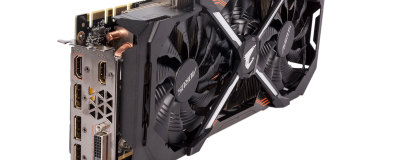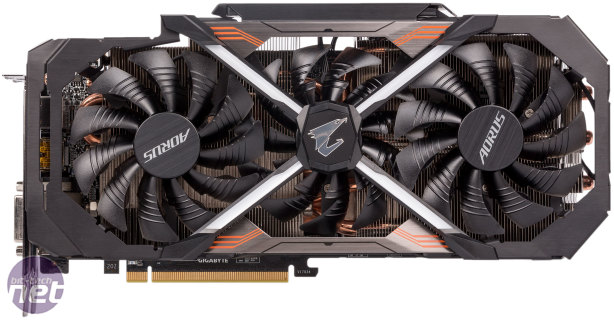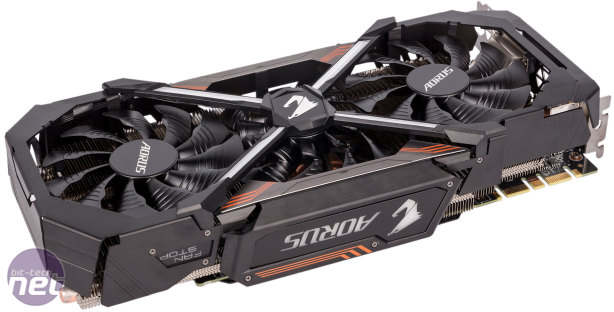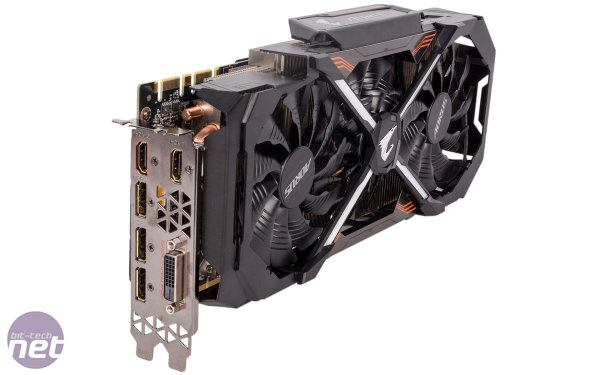
Performance Analysis
An overclocked GTX 1080 Ti is hardly likely to disappoint in the benchmarks, and the Aorus GTX 1080 Ti certainly puts in a solid showing. It does tend to be a touch slower than the higher-clocked Inno3D iChill X3 edition, but the difference is minimal. The short story remains the same, in that this card is a true match for 4K gaming. Even with the settings at maximum in demanding games like Deus Ex, frame rates remain smooth and playable. Meanwhile, in easier to run games, you're likely to see minimum frame rates above 60fps. Paired with a 4K G-Sync screen, this would be a seriously enviable graphics setup, albeit a pricey one.The power consumption numbers throw up no surprises, and Pascal again demonstrates its efficiency well. Temperatures are also healthy and right in line with what we see from other partners. Importantly, noise output is very low, as you'd hope with so large a cooler. In OC and Gaming Modes, we saw the fans hit 52 percent (about 1,500 RPM), which was barely audible over the rest of our system. Silent Mode reduced this to a virtually silent 47 percent.
Performance improved by between five and nine percent when the card was overclocked, although there was quite a heavy trade off with the power limit so high. System power consumption, for example, went up by a massive 90W or so, and the added heat sent the delta T figure up by about 15°C and the fan speed up to a more noticeable 66 percent.
Conclusion
Competition at the high end of the graphics market is fierce, and we've already seen some quality GTX 1080 Ti cards from Inno3D and Asus. Thankfully, Aorus successfully adds itself to that list with this monster. Its size may be off-putting to some, but most of us only ever use a single GPU, and it won't be a hindrance in many motherboards.In return for your £760, you get one of the fastest cards on the planet. The overclock could be higher, but it's generous enough and on par with what most offer (there's also a faster Xtreme Edition if you really want). The construction quality is first class, and the cooling solution is clearly well thought out for every single component, which should maximise lifespan and overclocking potential, although this latter factor is very much a lottery as always. Either way, the cooler stays cool and quiet, and the semi-passive fans and customisable RGB lighting tick off more feature boxes. Aorus also offers maximum flexibility with display outputs too. If you're in the enviable position of shopping for a GTX 1080 Ti, it may well come down to which design you prefer most, but if this one takes your fancy, there's certainly nothing here to prevent us recommending it.


MSI MPG Velox 100R Chassis Review
October 14 2021 | 15:04











Want to comment? Please log in.